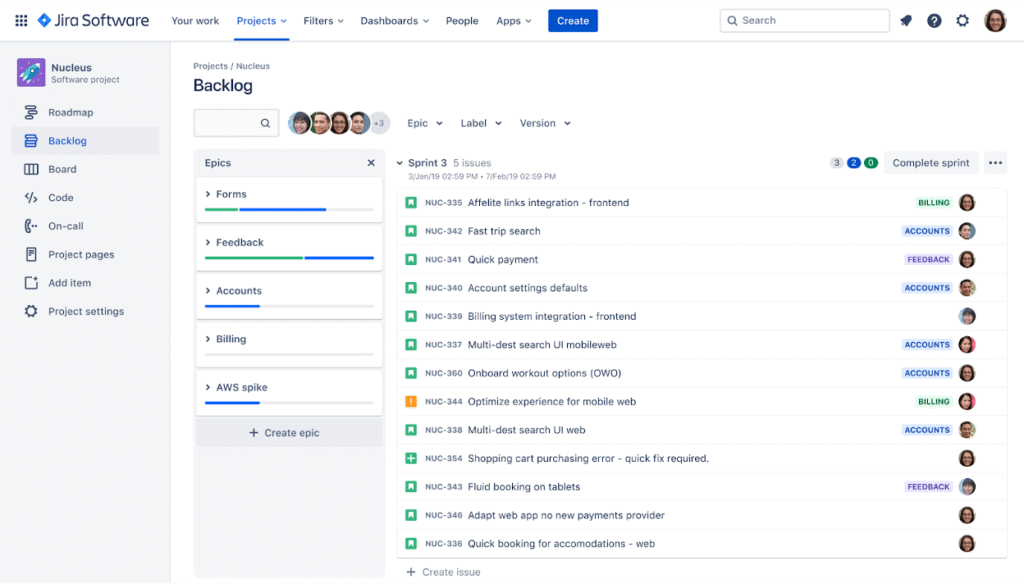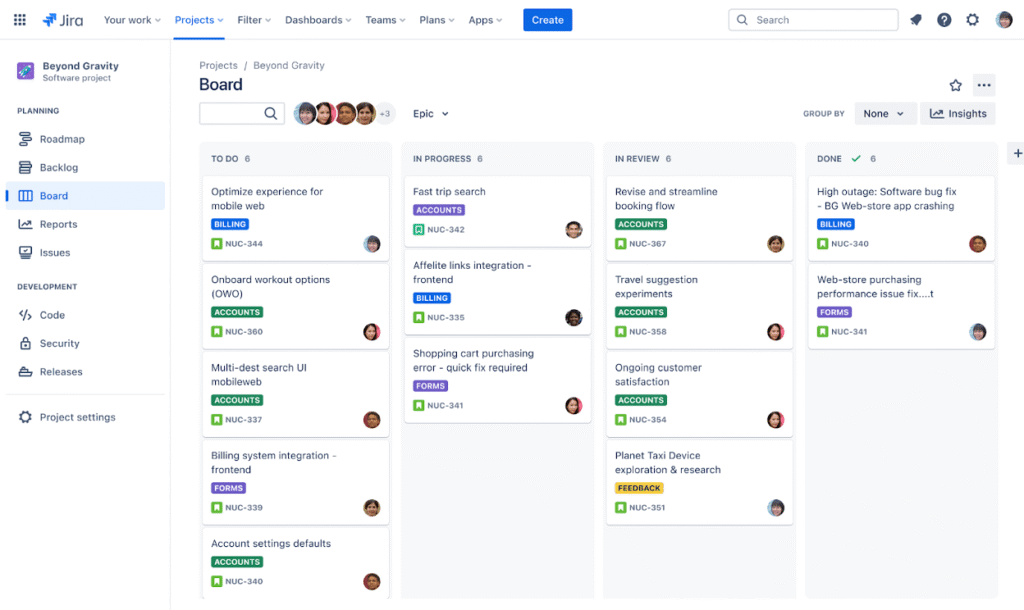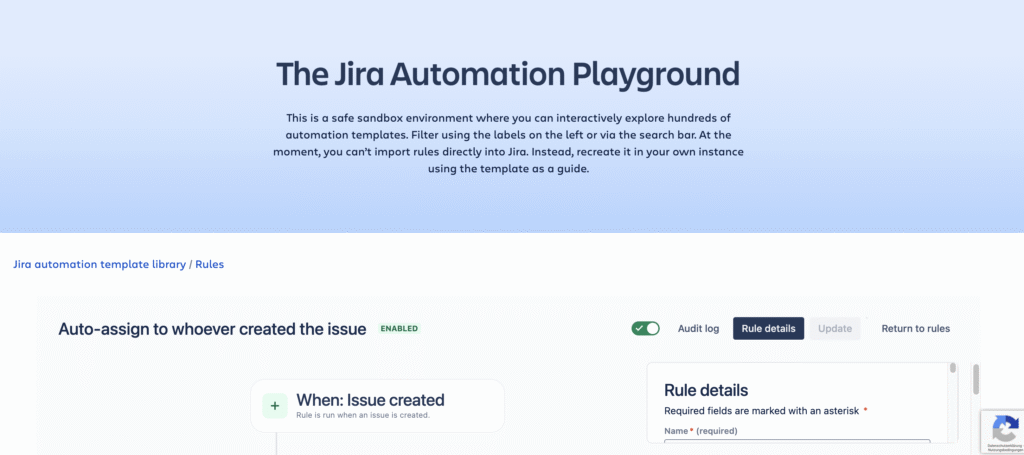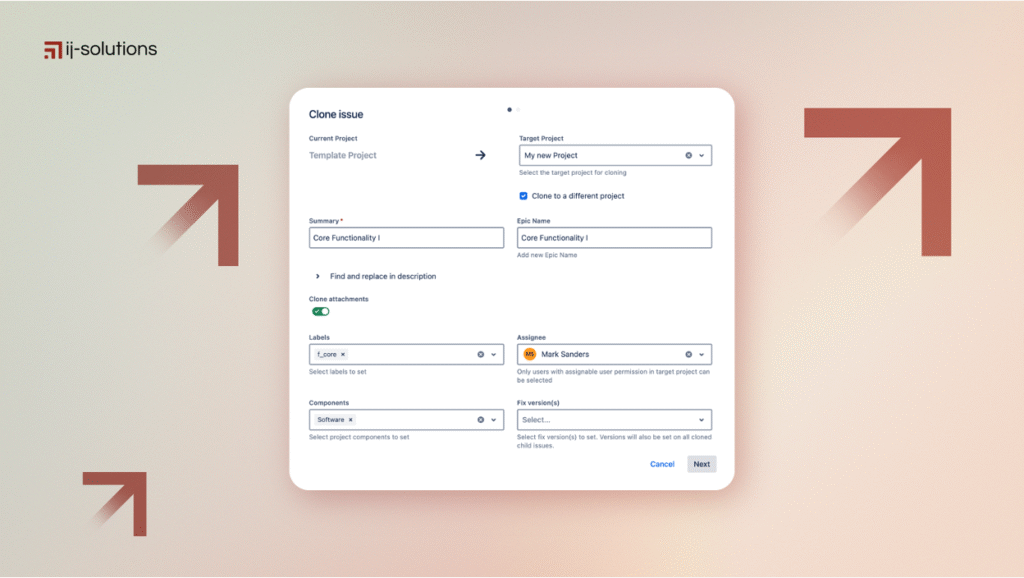Why Jira Templates Are Your Workflow Game-Changer
Stop rebuilding the wheel. Every. Single. Time.
Think about it: how often do your teams create similar epics, stories, or bug reports? Without templates, each project manager reinvents basic structures, leading to inconsistent workflows and frustrated team members who can’t find what they need.
Jira templates come in a clutch because they deliver five game-changing benefits that smart admins can’t ignore. First, you get to save time by automating the issue creation process instead of manual configuration marathons.
You’ll also ensure consistency through standardized fields and workflows organization-wide, so every team speaks the same project language. Errors are also reduced thanks to the pre-defined structures that minimize human mistakes during those rushed project launches.
But here’s where it gets strategic: Jira templates also support best practices by embedding proven methodologies like Scrum, Kanban, and ITSM directly into your workflow DNA. You can even accelerate onboarding because your new hires are starting with established structures instead of guessing how your organization operates.
3 Types of Jira Templates You Should Know
Not all templates are created equal. Understanding which type solves your specific workflow challenges makes the difference between template success and template chaos.
1. Issue Templates
These templates handle the grunt work of pre-filled common fields like summary, description, and priority. Perfect for recurring tasks like onboarding checklists or bug reports, they reduce manual re-entry and errors that plague busy teams. One click, and your standard-issue template appears with all the right fields populated.
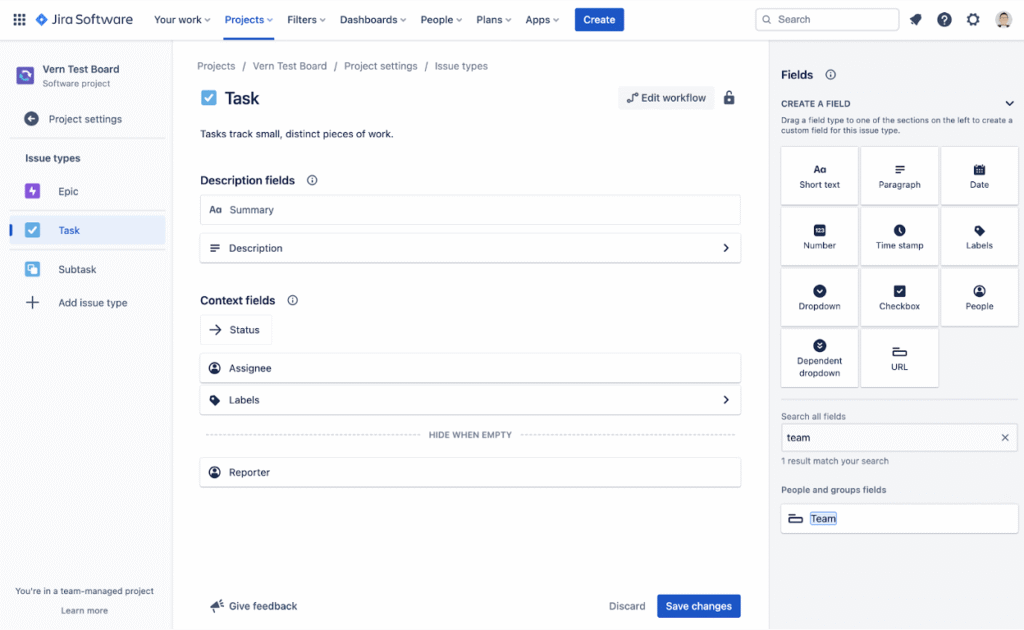
2. Project Templates
These fully configured setups include workflows, permissions, and notifications built right in. Atlassian provides proven examples like Scrum, Kanban, DevOps, and Bug Tracking templates that establish consistent processes without starting from scratch. Why reinvent project architecture when battle-tested frameworks already exist?
3. Automation Templates
They bring intelligence to your workflows through ready-made automation rules. They auto-assign issues based on criteria, send deadline reminders, and transition statuses as work progresses. Jira’s template library offers hundreds of automation recipes that transform manual administrative tasks into background processes.
When Jira Templates Hit Their Limits
Unfortunately, Jira templates aren’t magic bullets, and you might encounter these frustrations when working with them out of the box:
- No hierarchical template support – You can’t create a story with predefined subtasks natively, forcing teams into manual setup after template application.
- Post-creation application – When a template is configured to apply after issue creation, Jira updates the newly created issue with the template’s preset field values, which can overwrite user input and cause confusion.
- System field limitations – Can’t set default values for descriptions or enforce specific formats across teams.
- No dynamic variables – Forget auto-inserting current users, dates, or context-specific priorities during creation.
- Complex linking challenges – Epic-story-subtask relationships and issue links aren’t fully supported, breaking sophisticated project hierarchies that mature teams depend on. You’re still going to need advanced bulk clone strategies in Jira to replicate intricate epic structures across departments.
- Customization barriers – Adapting to unique project needs becomes unnecessarily difficult.
- Performance concerns – Large template structures clutter the UI and slow down team productivity during critical project phases.
Go Beyond Jira Template Limitations with Epic Clone
The template gap becomes obvious when you need to replicate existing complex hierarchies between issues, complete with custom field values and intricate relationships. Templates create new structures. But what happens when you need to duplicate successful project patterns?
Epic Clone bridges this critical divide with powerful advantages that templates simply can’t match:
- Clone entire epic structures with preserved relationships – every parent-child link, custom field, and issue connection stays intact.
- Background processing handles large projects without UI blocking, so teams keep working while clones generate.
- Cross-project cloning with field modification capabilities lets you adapt successful patterns to new contexts.
- Bulk operations that templates can’t handle, including Epic Clone’s new REST API for automated cloning workflows.
Here’s a real-world scenario that showcases the difference: Your Jira template creates a standard epic structure for new marketing campaigns. Great start! But when Q4 planning arrives, you need to replicate your most successful Q3 campaign epic – complete with all subtasks, custom fields, and team assignments – across five different regions.
Templates force you to start from scratch each time. Epic Clone replicates that winning issue hierarchy across teams with region-specific customizations in minutes, not hours!
Jira Templates vs. Epic Clone: Decision Matrix
Still uncertain which approach fits your workflow needs? This decision matrix cuts through the confusion and points you toward the right solution for your specific scenario.
| Scenario | Use Jira Templates | Use Epic Clone |
| Purpose | Create standardized new structures | Duplicate existing hierarchies with data |
| Best For | Recurring standardized tasks, new project setup | Replicating complex epics, cross-project duplication |
| Hierarchies | Limited to flat/simple structures | Excellent for initiatives → epic → story → subtask chains |
| Bulk Operations | Manual, limited scope | Bulk cloning with preserved relationships |
| Customization | No, static predefined fields | Yes, edit fields and bulk changes before cloning |
| Use Cases | Simple checklists without customization | Similar projects, recurring complex workflows |
The choice becomes clear when you understand your project complexity and replication needs. Jira Templates excel at creating fresh structures, while Epic Clone dominates when duplicating proven workflows and work structures across teams or projects.
Ready to clone complex project structures beyond template limitations? Try Epic Clone free today.

